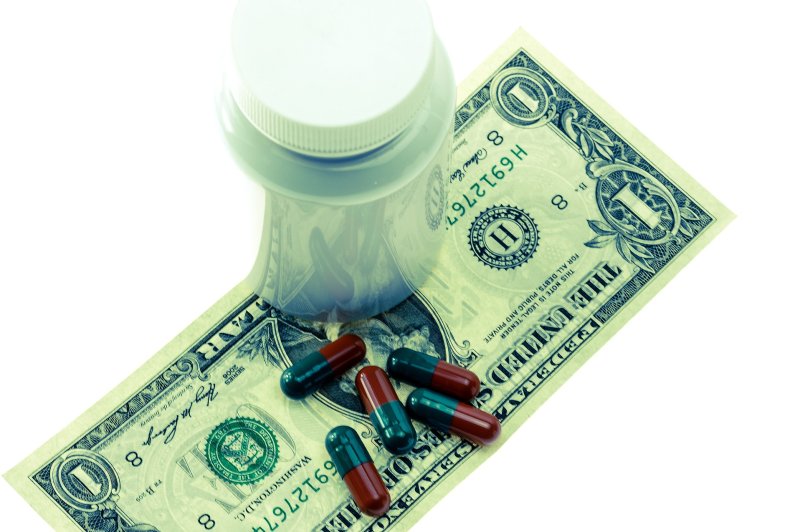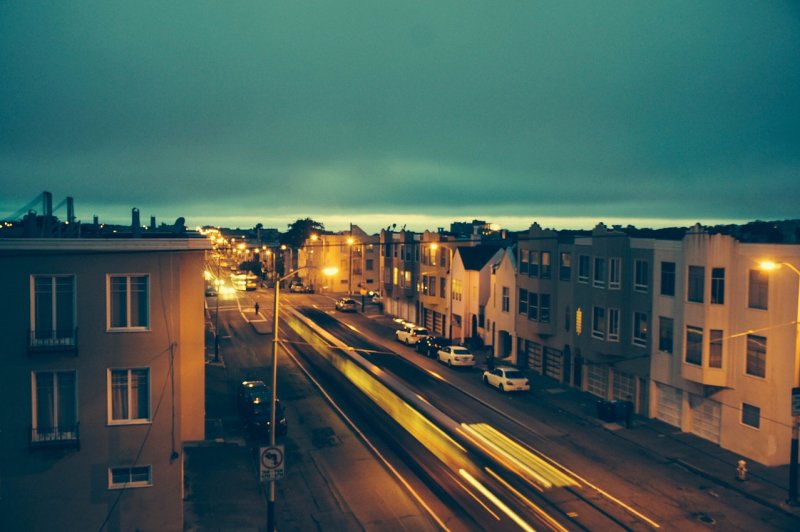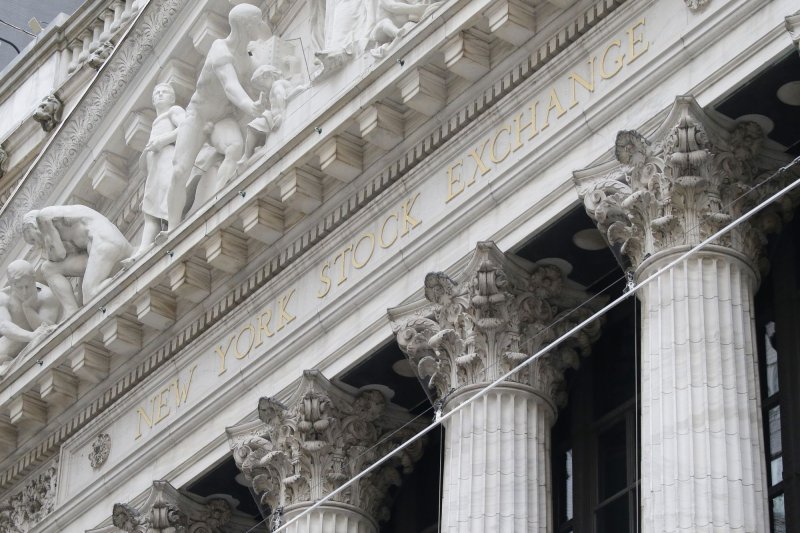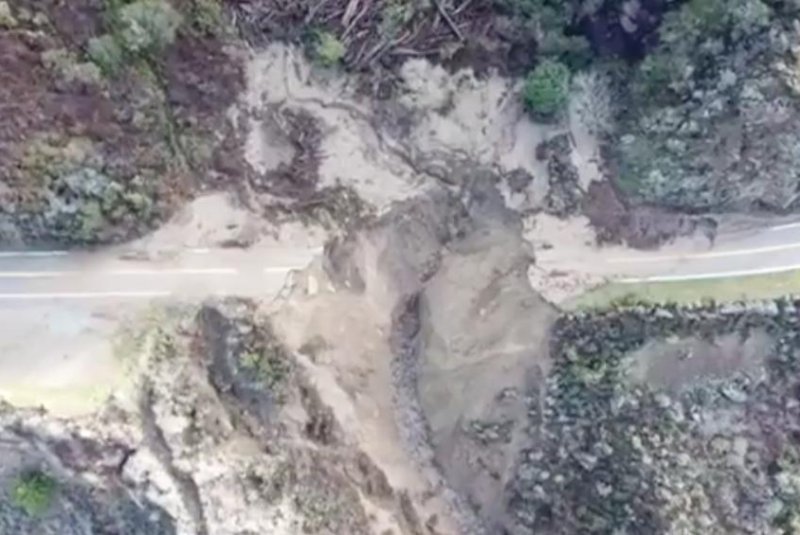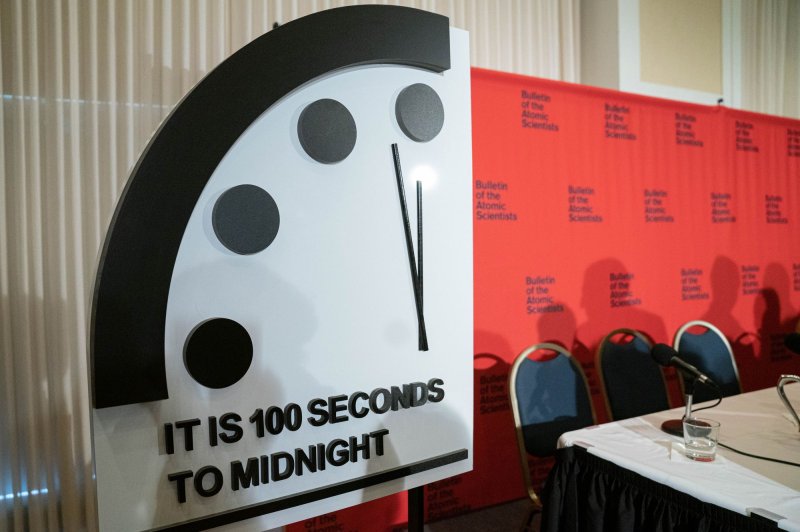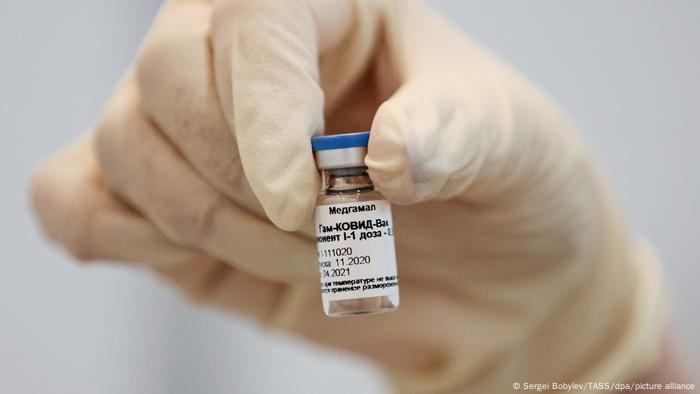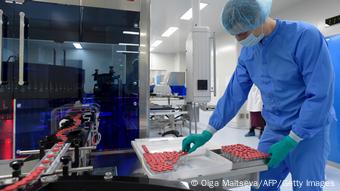
Prosecutors say at least 4,900 people tried to text their vote to a number shared by Twitter accounts associated with conspirators. File Photo by John Angelillo/UPI | License Photo
Jan. 28 (UPI) -- Federal prosecutors have charged a far-right social media influencer of conspiring with others to spread disinformation online during the 2016 presidential election with the intention to prevent people from voting.
In a statement on Wednesday, the Justice Department said Douglass Mackey, 31, of West Palm Beach, Fla., was charged in the Eastern District of New York, accused of conspiring under the Twitter name Ricky Vaughn with others starting in September 2016 until the Nov. 8 election of that year to deprive people of their ballots through encouraging them online to vote via text message or social media, two illegal voting methods, for an unnamed presidential candidate.
"The defendant exploited a social media platform to infringe one of the most basic and sacred rights guaranteed by the Constitution: the right to vote," said Nicholas L. McQuaid, acting assistant attorney general of the Justice Department's Criminal Division.
The Justice Department said in 2016 Mackey had some 58,000 followers on Twitter and was ranked by the MIT Media lab as the 107th most important influencer of the 2016 election.
RELATED Three alleged members of Oath Keepers charged in Capitol siege
The prosecutors accuse Mackey, a supporter of former President Donald Trump, of operating at least three Twitter accounts to spread disinformation. In one tweet on Nov. 1, 2016, Mackey is accused of publishing an image of a Black woman standing with a sign that read "African Americans for [unnamed candidate]," and it included a number for which one was encouraged to text as a form of voting for the indicated presidential candidate.
Prosecutors said at least 4,900 people attempted to text their vote to the number shared by the Twitter accounts associated with Mackey and his co-conspirators.
"What Mackey allegedly did to interfere with this process -- by soliciting voters to cast their ballots via text -- amounted to nothing short of vote theft," William F. Sweeney, Jr., assistant director in charge of the FBI's New York Field Office, said. "It is illegal behavior and contributes to the erosion of the public's trust in our election processes. He may have been a powerful social media influencer at the time, but a quick Internet search of his name today will reveal an entirely different story."
